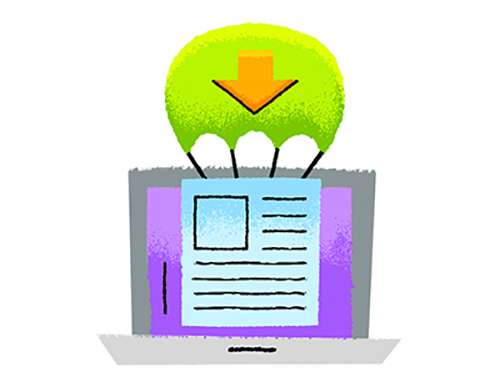Content area
Abstract
The work that is presented in this dissertation deals with data compression techniques that allow for the real-time transmission of messages in American Sign Language (ASL) and fingerspelling using the relatively low bandwidth residential telephone network. The origins of this project are found in the observation that over 500,000 deaf individuals who rely upon manual forms of communication are severly disadvantaged in using the telephone.
The transmission of visual images rather than auditory signals using the standard telephone system is made difficult because of the bandwidth requirement of a video quality image. The bandwidth of broadcast television is on the order of 1000 times that of the standard voice telephone network.
This project presents a combination of several data compression techniques that reduce the amount of information that is required to be transmitted while preserving the essential information represented in the signal. These techniques include nondestructive as well as destructive approaches to general signal compression and exploit several features of manual communication that lend themselves to further data compression.
This study has not developed a working telecommunication system but has sought to specify the essential information that is required to define the content of a manually presented message. The assumption on which this is based is that the video quality image available on broadcast television provides significantly more spatial and temporal resolution than is essential for the signed message and that these resolutions can be drastically reduced while not adversely affecting the overall intelligibility of the transmitted signal.
The results of the investigation have shown that both American Sign Language and fingerspelling can be transmitted intelligibly at digital data rates that are within the range of a commonly available 2400 baud telecommunications mode. The techniques that are employed involve encoding a single video frame (of which there are 30 per second) into a frame consisting of a relatively small number (51) pairs of two dimensional coordinates that correspond to key anatomical sites on the signer's body. These frames are transmitted at a rate of 6 per second. The coordinates of these sites on the body are used to drive a software animator that provides connectivity between the points, and interpolates the missing frames to provide for the flicker free 30 frames per second display. The resulting effect is of an animated stick figure that mimics the movements and, hence, the manual communication of the human signer.
While the project deals specifically with American Sign Language and fingerspelling, its results will have application to other manual languages that employ similar human movements.





